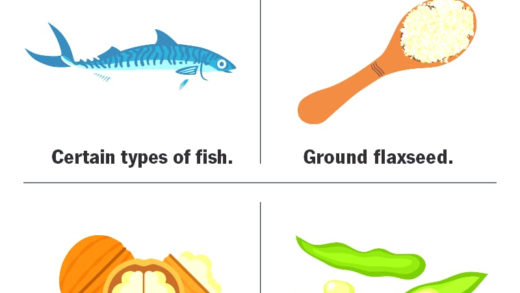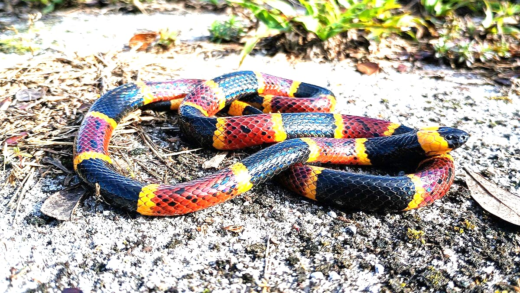Golden snub-nosed monkeys demonstrate fascinating nursing behaviors and complex social structures that enhance infant survival. Shared nursing practices benefit both the young and the mothers, fostering social bonds and improving group dynamics. Similar behaviors are found in other species, indicating a broader evolutionary trend. These insights offer new perspectives on monkey parenting, highlighting the importance of cooperation in nurturing young primates.
What are Golden Snub-Nosed Monkeys?
Golden snub-nosed monkeys are a unique species known for their striking appearance and fascinating behaviors. These monkeys, scientifically known as Rhinopithecus roxellana, are characterized by their distinctive golden fur, flat noses, and expressive blue faces. They belong to the family Cercopithecidae and are primarily found in the mountainous regions of central and southwest China. Their social structure is complex, often forming large groups that exhibit intricate social interactions.
Where do they live?
The habitat of golden snub-nosed monkeys is primarily located in temperate forests at high altitudes, typically ranging from 1,500 to 3,000 meters above sea level. These monkeys prefer areas with dense foliage, which provides both food and protection from predators. The forests are rich in biodiversity, offering a variety of fruits, leaves, and flowers that constitute their diet. Unfortunately, habitat loss due to logging and agricultural expansion poses significant threats to their populations.
Why do female monkeys share nursing duties?
Female golden snub-nosed monkeys often share nursing duties, a behavior that enhances the survival rates of their young. This cooperative breeding strategy is beneficial for several reasons. Firstly, it allows mothers to conserve energy, as they can take turns caring for their infants. Secondly, shared nursing provides infants with diverse nutrition, as they receive milk from multiple mothers. Additionally, this behavior strengthens social bonds within the group, fostering a supportive environment for the young monkeys.
Benefits of Shared Nursing in Golden Snub-Nosed Monkeys
Shared nursing among golden snub-nosed monkeys offers numerous benefits for the young monkeys. This behavior not only ensures better survival rates but also enhances their overall health. Here are some key advantages:
- Diverse Nutrition: Infants receive milk from multiple mothers, providing a variety of nutrients essential for their growth.
- Increased Survival Rates: With several females nursing the young, the risk of malnutrition decreases significantly.
- Energy Conservation: Mothers can take turns nursing, allowing each one to rest and recover, which is crucial in the challenging mountain habitats.
- Strengthened Social Bonds: This behavior fosters closer relationships among females, creating a supportive community for the infants.
- Enhanced Learning: Infants benefit from observing interactions among different mothers, learning social behaviors that are vital for their development.
Overall, shared nursing not only supports the physical health of young monkeys but also plays a critical role in their social upbringing.
Main Findings of Recent Studies
Recent research on golden snub-nosed monkeys has unveiled fascinating insights into their social structures and nursing behaviors. Key findings include:
- Cooperative Breeding: Studies confirm that cooperative breeding practices improve infant survival, emphasizing the importance of maternal support.
- Social Hierarchies: Research indicates that the social status of mothers affects nursing opportunities, with higher-ranking females often nursing more infants.
- Nutritional Benefits: Analysis of milk samples has shown that shared nursing provides a more balanced diet for infants compared to solitary nursing.
- Behavioral Observations: Researchers noted that infants raised in a communal setting exhibited better social skills and were more adept at integrating into larger groups.
These findings not only highlight the complexities of golden snub-nosed monkey societies but also contribute to our understanding of primate parenting and social dynamics.
Research Methods for Studying Golden Snub-Nosed Monkeys in the Wild
Researchers utilize various methods to study golden snub-nosed monkeys in their natural habitats. Effective techniques include:
- Field Observations: Long-term field studies allow scientists to observe monkey behaviors directly, providing valuable data on social interactions and nursing habits.
- Tracking Technology: GPS collars help in monitoring movements and understanding habitat use, which is critical for conservation efforts.
- Camera Traps: These devices capture images of monkeys in their natural settings, revealing insights into their behavior without human interference.
- Genetic Studies: DNA analysis helps researchers understand the genetic diversity within populations, providing clues about their social structures.
- Community Engagement: Collaborating with local communities enhances conservation efforts, as locals provide vital information and assist in monitoring activities.
These methods collectively enable researchers to gain a comprehensive understanding of golden snub-nosed monkeys, informing conservation strategies and enhancing our knowledge of primate behavior.
Social Structures in Golden Snub-Nosed Monkeys
Golden snub-nosed monkeys exhibit complex social structures that are deeply interconnected with their nursing behaviors. Their social groups can consist of up to 50 individuals, usually led by a dominant male. Within these groups, females often form close-knit relationships, which are crucial for shared nursing practices. This cooperative breeding approach enhances not only infant survival but also reinforces the social fabric of the group. Strong social bonds lead to better cooperation among females, allowing them to support one another during challenging times. Additionally, the hierarchical nature of these groups plays a significant role in determining access to nursing opportunities, impacting the health and development of the young monkeys.
Similar Nursing Behaviors in Other Species
Golden snub-nosed monkeys are not alone in their unique nursing behaviors; other primate species exhibit similar cooperative breeding strategies. For instance, in species like the common marmoset and tamarin, shared nursing is also prevalent. These species demonstrate how communal care can significantly improve offspring survival rates. The parallels extend beyond primates, with certain rodents and elephants also showcasing cooperative rearing behaviors. Such similarities indicate an evolutionary advantage in social structures that promote shared parenting, emphasizing the importance of collaboration in the animal kingdom.
Implications for Monkey Parenting Insights
Recent discoveries regarding golden snub-nosed monkeys significantly shift our understanding of monkey parenting. The findings highlight that shared nursing not only benefits the physical health of infants but also fosters critical social skills. Observations reveal that infants raised in communal settings develop better social interactions and integration abilities within larger groups. This challenges traditional notions of solitary parenting in primates, suggesting that cooperation plays a vital role in nurturing and developing young monkeys. These insights can reshape conservation strategies, emphasizing the need to maintain social structures in captive breeding programs to ensure the health and welfare of future generations.





Comments are closed.